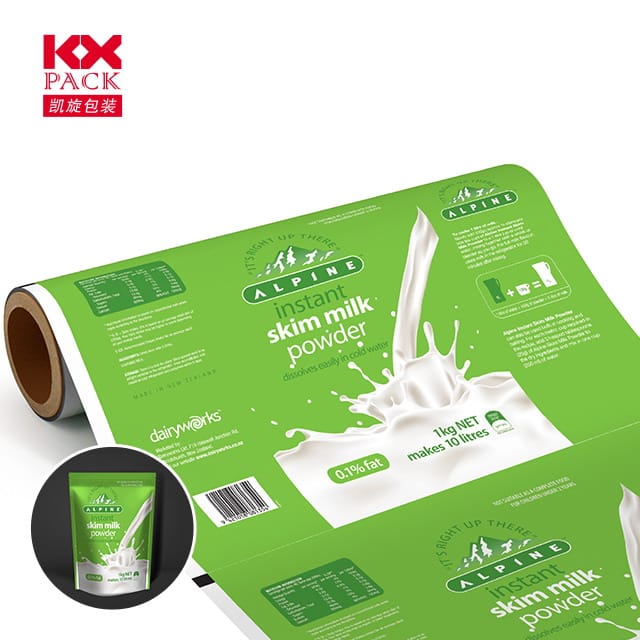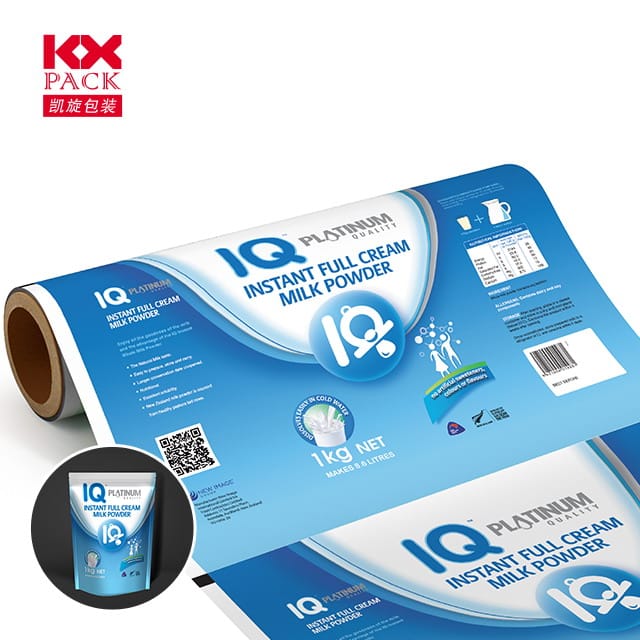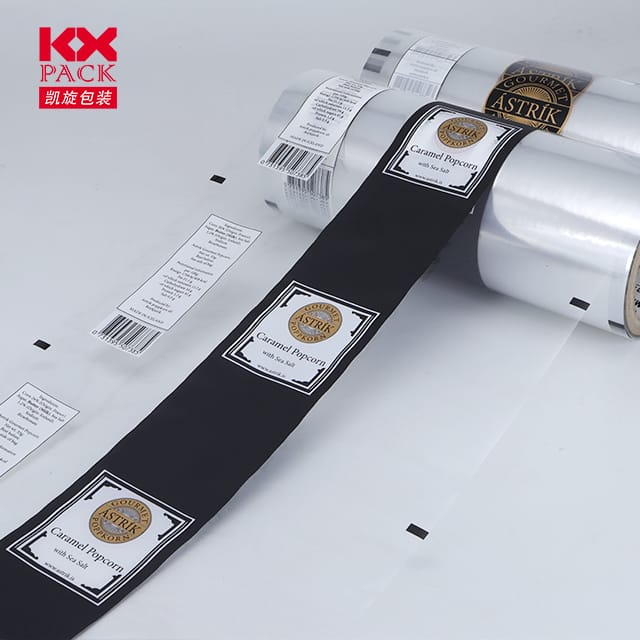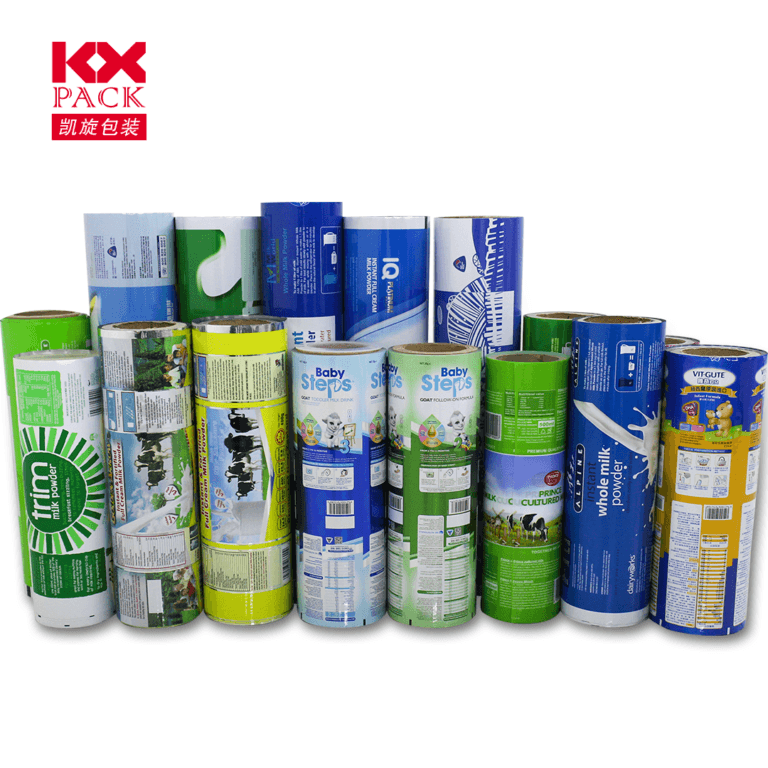חרב פיפיות של סרטי פלסטיק באריזת אוכל: נוחות לעומת. קיימות
Plastic Films
In supermarkets worldwide, סרטי פלסטיק עוטפים הכל, החל מתוצרת טרייה לארוחות מבושלות מראש, להבטיח רעננות והרחבת חיי המדף. אוּלָם, ככל שהדאגות הסביבתיות מתעצמות, אלה שקופים, חומרים רב -תכליתיים בדיקת פנים. בואו נחקור את התפקיד של סרטי פלסטיק באריזת אוכל, היתרונות שלהם, חסרונות, והחידושים מעצבים עתיד ירוק יותר.
1. Why Plastic Films Dominate Food Packaging
Plastic films—thin layers of polymers likeפוליאתילן (פ), פוליפרופילן (עמ'), ופוליוויניל כלוריד (PVC)—are ubiquitous for good reason:
- Preservation Power: They act as barriers against oxygen, לַחוּת, ומזהמים, slowing spoilage. לדוגמה, modified atmosphere packaging (מַפָּה) uses plastic films to regulate gas levels, keeping strawberries fresh for weeks.
- יעילות עלות: Producing plastic films is cheaper than alternatives like glass or metal, making them ideal for mass-market goods.
- קל משקל וגמיש: Their malleability allows custom shapes for snacks, בשרים, and cheeses, reducing material waste compared to rigid packaging.
- שְׁקִיפוּת: Clear films let consumers inspect products without opening them, boosting trust and reducing food waste from damaged goods.
2. The Environmental Toll: A Crisis in the Making
Despite their advantages, plastic films contribute significantly to global pollution:
- דומיננטיות לשימוש חד-פעמי: Over 80% of plastic films are used once and discarded, ending up in landfills or oceans. א 2022 study found that plastic packaging accounts for 46% of global plastic waste, with films being a major culprit.
- אתגרי מיחזור: Most films are non-recyclable due to contamination (לְמָשָׁל., food residue) or mixed materials (לְמָשָׁל., PE combined with adhesives). רַק 4% of plastic films are recycled in the U.S., per the EPA.
- Microplastic Menace: Degraded films break into microplastics, infiltrating ecosystems and even human bodies. Research suggests the average person ingests 5 grams of microplastics weekly—equivalent to a credit card.
3. Innovations Redefining Plastic Films
The industry is pivoting toward sustainability through these breakthroughs:
- Biodegradable Alternatives:
- Polylactic acid (PLA): Derived from corn starch, PLA films decompose in industrial composters within 90 ימים. מותגים כמו NatureWorks are using PLA for fresh salads and sandwiches.
- Cellulose-based Films: Made from plant fibers, these films are edible and home-compostable. Companies like TIPA offer compostable wraps for granola bars and coffee pods.
- טכנולוגיות מיחזור מתקדמות:
- מיחזור כימי: Processes like pyrolysis break down mixed plastics into raw materials for new films. Nestlé and Danone are investing in this tech to recycle flexible packaging.
- Enzymatic Breakdown: Startups like Carbios use enzymes to depolymerize PET films into reusable monomers, closing the loop.
- Smart Films for Extended Shelf Life:
- אריזה פעילה: Films infused with oxygen scavengers אוֹ antimicrobial agents (לְמָשָׁל., silver nanoparticles) can double the lifespan of perishables like meat and cheese.
- Edible Coatings: Thin layers of chitosan (from shellfish) אוֹ beeswax create breathable barriers, reducing reliance on synthetic plastics.
4. הדרך קדימה: Balancing Practicality and Planet
While innovations are promising, systemic changes are needed:
- Policy Push: Governments must enforce extended producer responsibility (EPR) laws, requiring brands to fund recycling infrastructure. The EU’s Single-Use Plastics Directive bans non-compostable films by 2030.
- Consumer Behavior Shifts: Educating shoppers to opt for reusable containers or bulk purchases can cut film use. Zero-waste stores, which allow customers to fill their own jars, are gaining traction.
- שיתוף פעולה בתעשייה: Initiatives like the New Plastics Economy Global Commitment unite 500+ companies to eliminate problematic plastics and boost recycled content in films.
סיכום: Rethinking the “Wrap” on Food Packaging
Plastic films are a testament to human ingenuity—protecting food, הפחתת פסולת, and enabling global food trade. אוּלָם, their environmental cost demands urgent action. על ידי חיבוק חומרים מתכלים, investing in recycling tech, and redesigning systems for circularity, we can preserve both convenience and the planet.
Next time you unwrap a snack, שאל את עצמך: Could this film be part of the solution, not the problem? Share your sustainable packaging hacks in the comments! 🌍🍴






